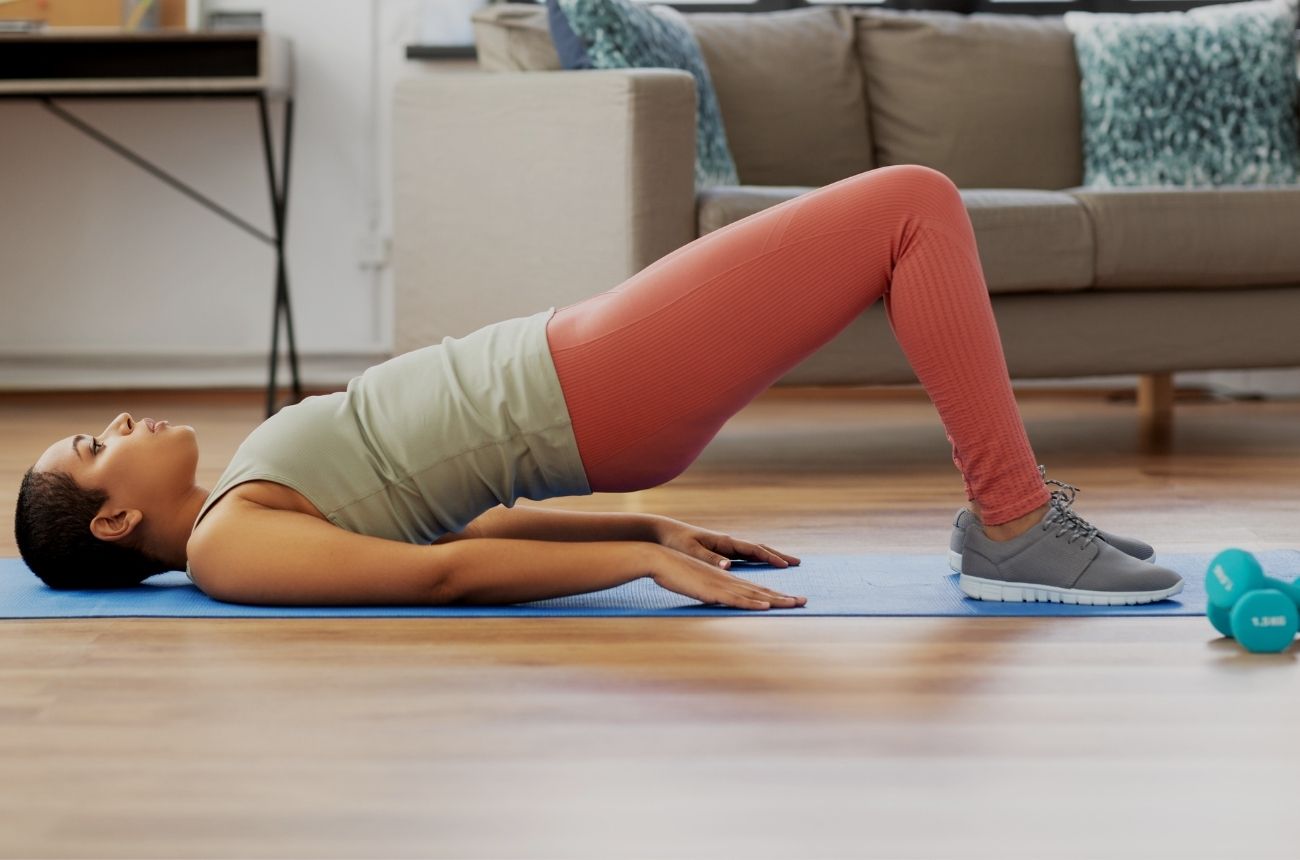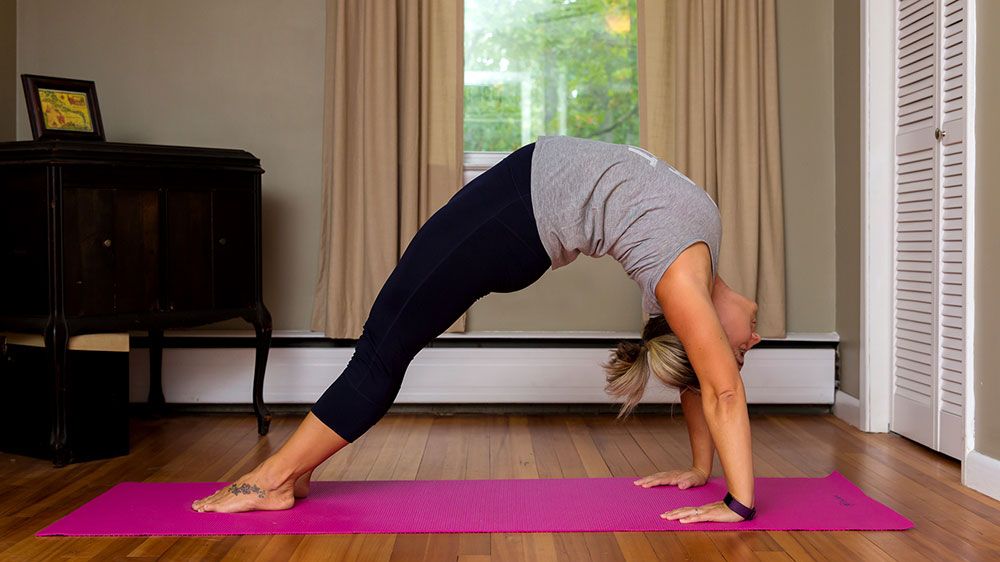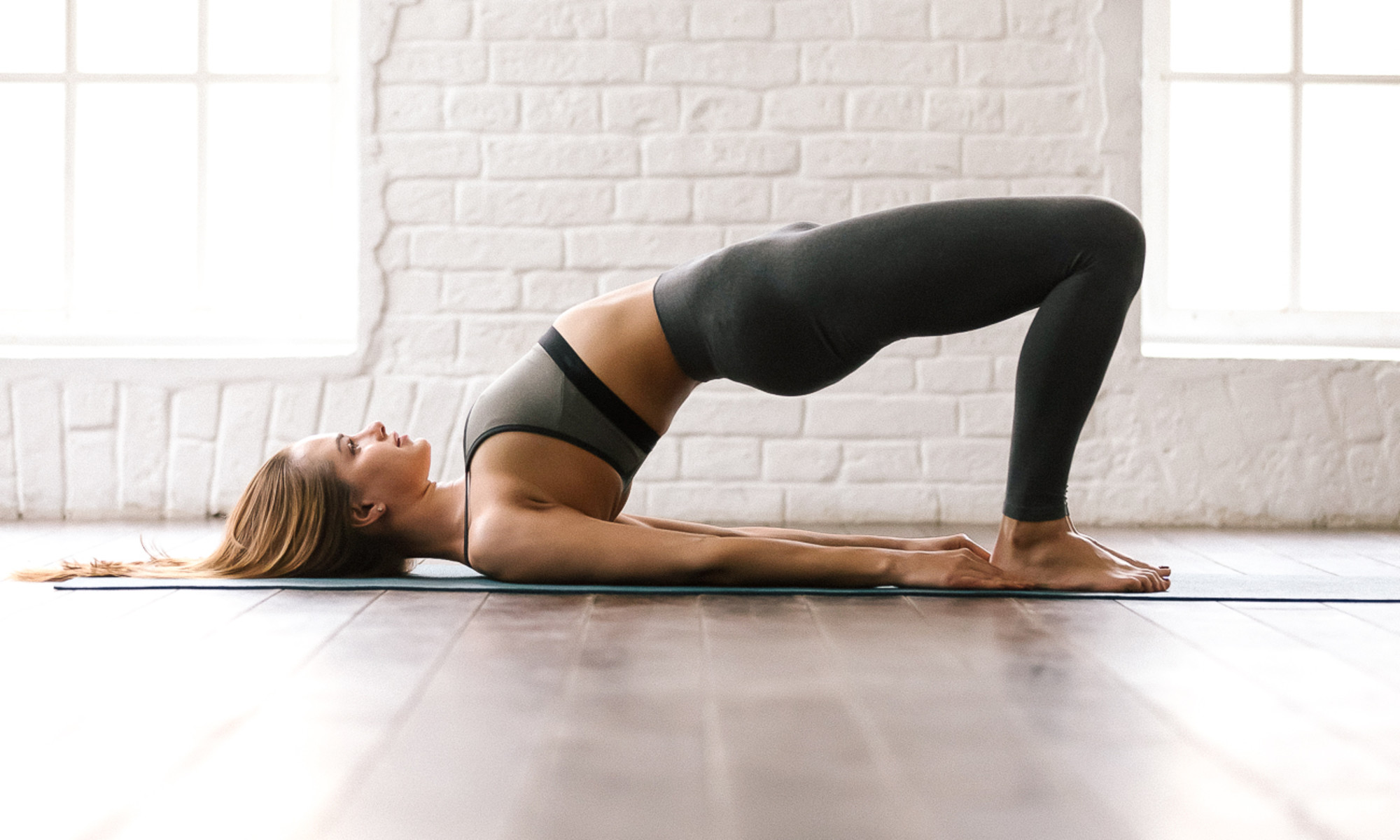Looking to strengthen and tone your lower body while improving flexibility and balance? Look no further than the bridge exercise. This versatile move, also known as a hip raise, is a favorite among yoga enthusiasts, Pilates practitioners, and fitness enthusiasts alike. Today I will share the benefits of incorporating bridge exercises into your workout routine and how they can help you achieve your fitness goals.

So, keep reading to take your workouts to the next level and reap the benefits of a stronger lower body.
Contents
7 Benefits Of Bridge Exercise
The bridge exercise is a powerful move that offers numerous benefits to your overall fitness. Incorporating this versatile exercise into your workout routine can help you strengthen and tone your lower body while improving flexibility, balance, and core strength. Take a look at the top 10 benefits of including bridge exercises in your fitness regimen:
- Targeted Glute Activation: The bridge exercise primarily targets the gluteal muscles, also known as the “glutes.” By activating and strengthening these muscles, you can enhance your posterior chain development and overall lower body strength.
- Improved Core Stability: While performing the bridge exercise, your core muscles, including the transverse abdominis and obliques, play a crucial role in stabilizing your body. This helps improve core strength and stability, which is essential for proper posture and functional movement patterns.
- Enhanced Lower Body Strength: Bridge exercises engage a variety of muscles, including the glutes, hamstrings, quadriceps, and calves. By consistently incorporating this exercise into your routine, you can build overall lower body strength, which can translate into improved performance in other exercises and activities.

- Increased Hip Mobility: Regularly performing the bridge exercise can help improve hip mobility and flexibility. This can be especially beneficial for individuals who spend long hours sitting, as it helps counteract the negative effects of a sedentary lifestyle.
- Reduced Lower Back Pain: Strengthening the muscles in your glutes and lower back through bridge exercises can provide relief from lower back pain. By improving the stability of your spine and decreasing unnecessary strain on surrounding muscles and joints, you can minimize discomfort and prevent future injuries.
- Improved Balance and Coordination: Bridge exercises require balance and coordination, as you need to lift your hips while maintaining a stable and aligned body position. Practicing this exercise regularly can improve your balance and coordination, making you more efficient and graceful in various physical activities.
- Versatile and Accessible: The bridge exercise can be modified to suit different fitness levels, making it accessible to everyone. Whether you’re a beginner or an advanced fitness enthusiast, you can adjust the intensity of the exercise by adding external weights or varying the duration of the hold.
How to Do the Bridge Exercise?
To incorporate the bridge exercise into your workout routine, follow these simple steps:

- Start in a supine position: Lie down on your back with your knees bent and feet flat on the ground. Your feet should be hip-width apart and close to your buttocks.
- Engage your core: Activate your abdominal muscles by drawing your navel in towards your spine. This will help stabilize your torso throughout the exercise.
- Lift your hips: Press through your heels and lift your hips off the ground while maintaining a neutral spine. Keep your head, shoulders, and feet grounded.
- Squeeze your glutes: At the top of the movement, focus on squeezing your glutes to fully engage the muscles. This will help strengthen and tone the buttocks.
- Hold and lower: Hold the position for a brief pause, then slowly lower your hips back to the ground with control.
Add the bridge exercise to your fitness routine to reap these benefits and transform your lower body strength and stability.
Conclusion
Don’t miss out on the incredible benefits that the bridge exercise has to offer. Start adding it to your regular workouts and witness the transformation in your lower body strength and stability. Get ready to feel stronger, more balanced, and more confident in your everyday activities.
Frequently Asked Questions
Are bridge exercises beneficial for the glutes?
Yes, bridge exercises are highly effective for toning the glutes. They can be done at home without much equipment and also help strengthen the core muscles.
Can bridge exercises help strengthen the pelvic floor?
Yes, bridge exercises can also strengthen the pelvic floor muscles in addition to working the glutes.
What is the purpose of bridging exercises?
Bridging exercises increase hip extensor strength and promote trunk stability.

Hello, I’m Ravindra. Over the years, I’ve immersed myself deeply into the world of fitness and health, transforming both my body and mind. Writing has allowed me to share my journey, insights, and expertise with those just starting out and seasoned fitness enthusiasts alike. Beyond just routines and diets, I believe in inspiring others to adopt a holistic approach to well-being.
